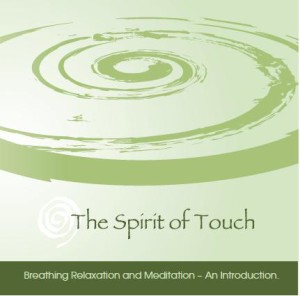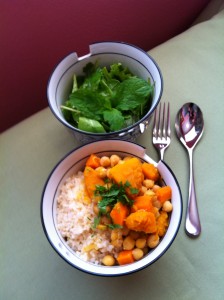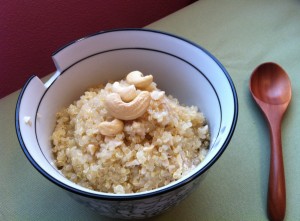Several people have contacted me lately about yoga and remedies to help you sleep. We are facing difficult and uncertain times and are being advised to distance ourselves from each other at a time when we most need comfort and support. Insomnia, fitful sleep and sleep deprivation are an unfortunate side-effect of how our minds and bodies deal with stress. There are several ways yoga and shiatsu can help you to deal with these.
Remedies
Remedies for sleep include soaking your feet in warm salty water before you go to bed. The water helps to draw energy down and calm your state of mind. Daily walks in the beach where the water meets the sand has a similar effect.
Coffee and chocolate contribute to keeping us awake so cutting down is important. Instead try miso soup with seaweed to calm and relax the body.
Self-Shiatsu
There is no substitute for a shiatsu treatment but when social distance is so important, we must adapt. There are four ways you can give yourself shiatsu to help you sleep.
- Gently press around the base of the toenails, and massage the sole of the foot behind the ball of the foot. These points relax the entire body and draw energy downwards
- Gently press the top of your head against a wall. This point will calm you mind and help your brain to slow down.
- Sit on a chair or sit on your knees with your legs folded under you. Lean forward and place your forearm or elbow on the top of your thigh. Gently lean your weight against the thigh and work down the leg. Working on the top of the femur and just to the side works well.
- With a tennis ball between your back and the walk, position the ball on one side of the spine near the shoulders and lean your body weight into the wall and relax. Keep moving the ball down the spine until you get to the sacrum. Do the other side as well. This will relax points relating to the nervous system.
Yoga
Forward bends, backbends, inversions are the best poses to calm the nervous system and help you sleep. Forward bends can be done before bed but all other poses should be done earlier in the say. Remember to do all these poses gently and effortlessly. An easy sequence is as follows:
- Sit in sukhasana (crossed legs) lean forward and breathe gently for 10 breaths. Sit up and change legs, do the other side. Rest on your back in savasana.
- Bend the knees placing the feet on the floor. Squeeze your sit bones together and lift the hips into bridge pose as you exhale and release. Do 4-6 times.
- On all fours, flex and extend the back into cat and cow pose.
- Stand up and bend forward into uttanasana. Bend the knees and release forward from the hips for 10 breaths.
- Sit on floor with both legs straight. Bend the left knee and place sole of the foot to the inside of the right thigh. Bend forwards into janu sirsasana, lengthening the spine on the inhalation, stretching forward on the exhalation. 10 breaths. Do the other side. Relax in savasana.
- Sit on floor with both legs straight. Gently lean forward from hips into paschimottanasana , rest forehead on edge of a chair or place a pillow or bolster on the thighs and relax and breathe. Rest in savasana.
- Sit on floor with soles of the feet together, knees wide. Bend forward from the hips, breathing gently into badhakonasana. Variations include sitting on a cushion or bolster or placing a bolster under the stomach. This pose calms a busy mind. Rest in savasana. You can stop here or continue:
- Sit with legs wide and lean forward from hips. Lengthen the front of the body with the inhalation and move forward gently on the exhalation into upavistha konasana . This pose can also be gone lying on the back with the legs wide up the wall. 10 breathes then rest in savasana.
Lie on the back with legs straight up against a wall and relax.
If you’d like more information, please feel free to contact me. Stay safe and take care of yourself and others.





